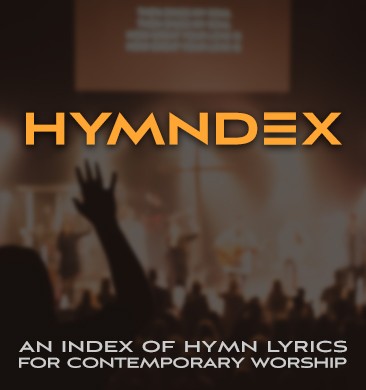Brad Bridges notes the seismic shifts sweeping through many different circles.
Increasing Numbers of Mini-Denominations
Many churches have moved in the direction of multi-site, and with this you start to see a trend. In many ways, these churches are functioning as “mini-denominations.” We could say that multi-site is really nothing new, but a rather a slightly altered expression of what has been known as denominationalism in the past.
When one church finds itself growing and decides to add one or more sites, it almost always exports its DNA, systems, etc, to the additional sites; this reproduces what is working well at the original location. Many might think: “Why reinvent the wheel when you know what works?”
Rather than starting multiple autonomous churches or churches overseen by a presbyter, district superintendent, or other denominational overseer, the original site starts the other sites as outposts or additional expressions of the original site. Usually these are still organizationally part of the original church, and the campus pastor doesn’t preach on the majority of Sundays.
Just like a large denomination would export its DNA to hundreds of locations around the country, a growing church might also export its DNA to other sites, maintain control, share common naming, etc, and do so with only a few differences.
I’m not saying that multi-site and denominations are the same thing; however, they have many things in common that are instructive for us. For those who’s knee-jerk reaction to multi-site is a negative, they would be wise to reconsider how their denominational culture also wrestles with many of the same issues that a multi-site movement would deal with.





